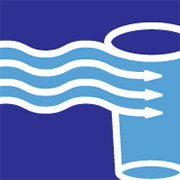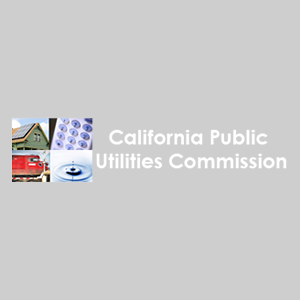On February 23, 2018, the California Water Association (CWA) submitted comments on the four issues outlined in Phase I of the California Public Utilities Commission’s (CPUC) Low-Income Rate Assistance (LIRA) Scoping Memo and Ruling of Assigned Commissioner (Memo) for Rulemaking 17-06-024.
Issue A: Consolidation of At-Risk Water Systems by Regulated Water Utilities
CWA noted it has long supported consolidations of systems that are unable to provide safe, reliable, and affordable drinking water. Given the State Water Resources Control Board’s (SWRCB) authority to order mandatory consolidations and their existing programs that encourage voluntary consolidations, CWA suggested the SWRCB help CPUC-regulated water utilities identify troubled systems nearby or adjacent to their service areas that may benefit from consolidation. This could coincide with the general rate case process where water utilities are asked to conduct a review to determine whether high-cost and affordability problems exist in any of their districts.
CWA urged the CPUC to streamline processes for consolidations and address CPUC-created disincentives that will discourage consolidations, stating that “there are substantial risks involved for healthy utilities that acquire troubled utility systems.” CWA encouraged the CPUC to review the efficiency and timeliness of existing consolidation requirements and administration efforts to provide relief for disadvantaged customers as soon as possible. CWA also asked the CPUC to consider various ratemaking methods and mechanisms that remove roadblocks to acquisitions and consolidations, thereby incentivizing interested parties to make choices that provide the most benefits in the long term. This includes allowing the flexibility of making and evaluating consolidations outside of general rate case proceedings, as necessary.
Finally, CWA commented that the CPUC should consider whether an exemption from various Commission rules for water utilities and their affiliates would provide an incentive to serve as administrators for small systems in need of operations and maintenance support or other assistance, which could be accomplished outside of the general rate case process as necessary. As with consolidation, the Commission should provide the flexibility to address such arrangements outside of the general rate case process, when appropriate.
Issue B: Forecasting Water Sales
CWA recommended removing Question B.1. from the Memo and maintaining flexibility for water utilities to provide alternate water sales forecasts when necessary. This would allow the utilities to tailor water sales forecasts to address extreme events such as the recent drought or the particular characteristics of the water utilities or their service territories. Rather than seeking to standardize forecasting methodologies, CWA’s letter suggested allowing “more frequent updates to forecasts that reflect the most recent actual sales data.” CWA also recommended removing restrictions on the sales reconciliation mechanism (SRM) where implementation must be tied to a drought period and allowing utilities to implement a modified SRM. All of CWA’s recommendations were intended to improve the ratemaking process for the benefit of all concerned.
Issue C: Regulatory Changes the CPUC Should Consider to Lower Rates and Improve Access to Safe, Quality Drinking Water for Disadvantaged Communities
CWA reiterated that acquisition, consolidation, and operational contracts can provide opportunities to minimize or lower rates and improve access to safe, high-quality drinking water for disadvantaged communities. The Commission should look for ways to streamline the process for obtaining approval of such arrangements, both to provide an incentive to water utilities and to ensure timely relief for disadvantaged communities. It should also explore ratemaking mechanisms and other methodologies to remove any roadblocks or disincentives to explore such arrangements. CWA also urged the CPUC to work with the SWRCB and other agencies to address the lengthy and complex application, approval, and funding processes for such projects.
Issue D: Regulatory Changes the CPUC Should Consider That Would Ensure and/or Improve the Health and Safety of Regulated Water Systems
Noting the vast majority of CPUC-regulated water systems are leaders in drinking-water compliance and ensuring the technical, financial, and managerial capabilities of their systems – all of which protect the health and safety of their customers – CWA stated the CPUC’s attention should be directed at nonregulated systems. The letter also pointed out that, “it may be worthwhile for the CPUC…to examine its policies to determine whether any are creating disincentives for taking extra steps to improve water quality.” Finally, CWA suggested the CPUC work with the SWRCB and Legislature to “consider an effort similar to the recently enacted New Jersey Water Quality Accountability Act, which requires all purveyors of public water, regardless of ownership, to meet the same standards to improve the safety, reliability, and administrative oversight of water infrastructure.”
CWA looks forward to participating in the upcoming workshops to help refine the issues and develop proposals to advance the CPUC’s policies with respect to low-income customers and disadvantaged communities.




